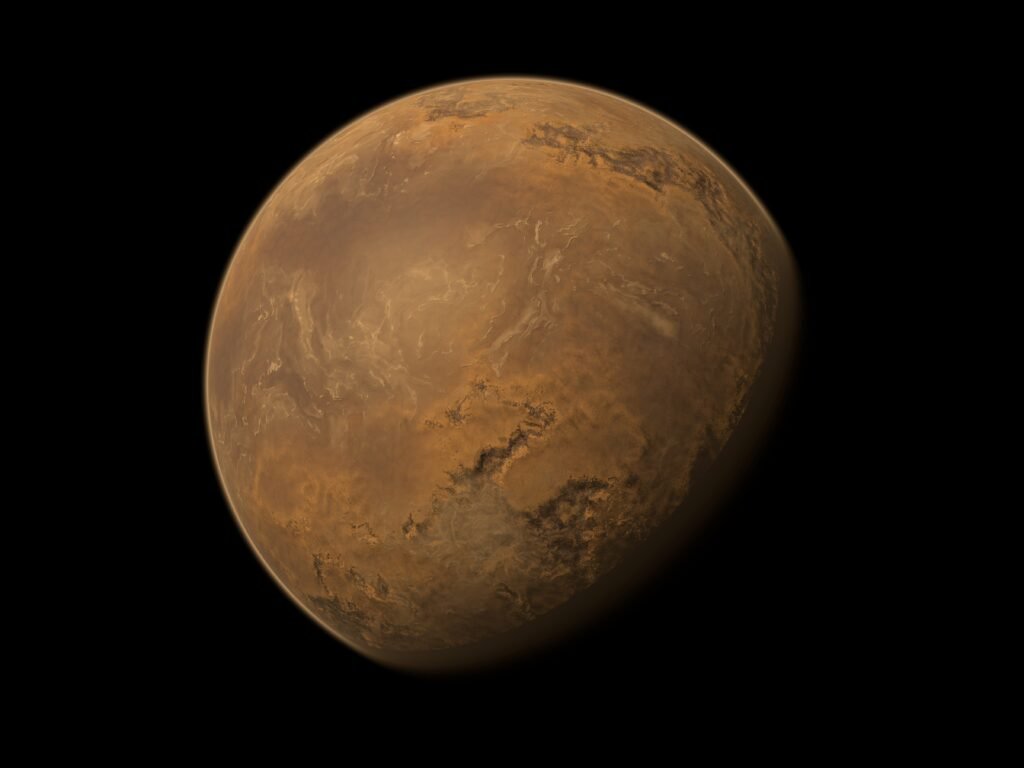Imagine looking up at the night sky and realizing that the brightest planet, Venus, was once not the hellish inferno it is today, but a vibrant sister world teeming with clouds, oceans, and maybe even life. It’s a thought that sends shivers down the spine. Could our closest planetary neighbor have once been a paradise lost—a mirror to Earth’s early days? The latest scientific research doesn’t just toy with this possibility; it dives deep, challenging everything we thought we knew about our solar system’s past. The idea that Venus was once Earth-like isn’t just an idle fantasy—it’s a tantalizing mystery that asks us to rethink our place in the cosmos and wonder: what truly makes a planet habitable, and how fragile is that balance?
The Mystique of Venus: More Than Meets the Eye
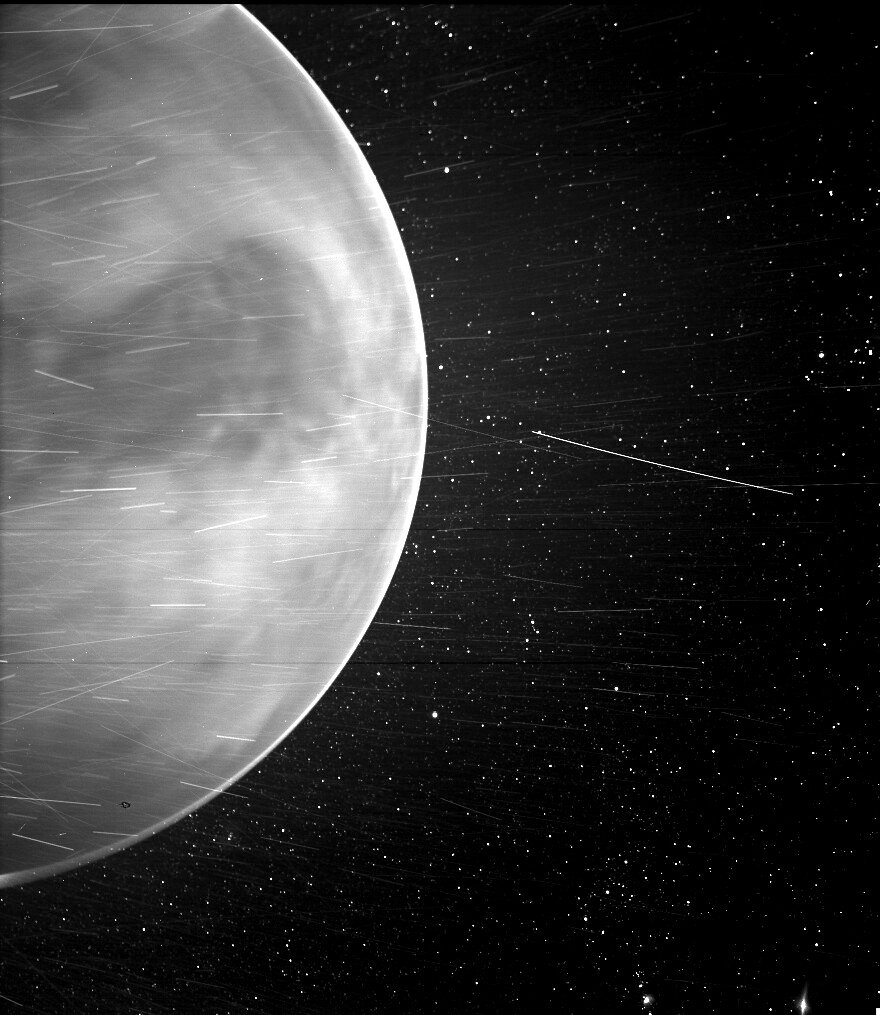
Venus is often called Earth’s twin, but at first glance, the two couldn’t be more different. Venus blazes in the sky, shrouded in thick clouds of sulfuric acid, with surface temperatures hot enough to melt lead. Yet, its size, mass, and composition are eerily similar to our own planet. This striking resemblance has drawn scientists and dreamers alike to speculate about Venus’s hidden history. Could the planet hiding beneath those toxic clouds have once looked like our own blue marble? This question isn’t just scientific—it tugs at the curiosity of anyone who’s ever wondered about lost worlds and cosmic what-ifs.
Clues Hidden in the Atmosphere
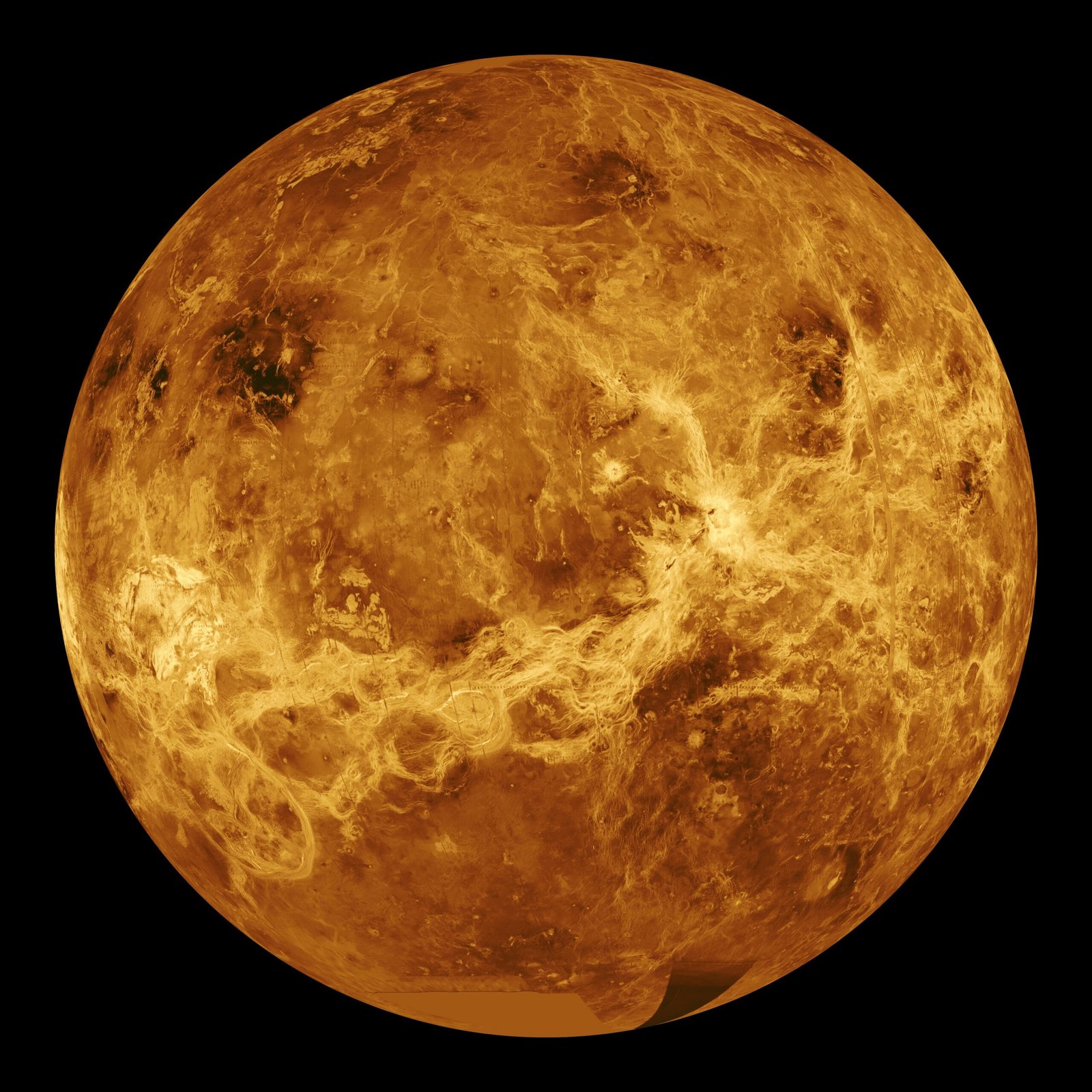
One of the biggest hints that Venus may have been Earth-like comes from its atmosphere. While it’s now a choking mix of carbon dioxide, scientists have detected faint traces of water vapor high above the surface. These molecules shouldn’t exist unless there was once a lot more water—perhaps even oceans—on Venus. The chemical fingerprints in the clouds also suggest that the planet’s climate wasn’t always so hostile. Every molecule of water, every unexpected chemical, is a breadcrumb leading us back to a time when Venus might have supported a completely different environment.
The Runaway Greenhouse Effect: A Planetary Cautionary Tale

Venus is the ultimate cautionary tale about climate run amok. Scientists believe that if Venus did once have oceans and a mild climate, something drastic must have happened: a runaway greenhouse effect. As the sun grew hotter over billions of years, Venus’s water began to evaporate. This water vapor, a powerful greenhouse gas, trapped more and more heat, causing temperatures to skyrocket. The oceans boiled away, carbon dioxide levels soared, and the planet became the scorched wasteland we see today. This runaway effect is a stark reminder of how delicate a planet’s climate balance can be.
Oceans on Venus: A Radical Possibility

The idea that Venus once had oceans isn’t as far-fetched as it sounds. Computer models show that for hundreds of millions of years, Venus’s surface temperatures could have supported liquid water. These models suggest shallow seas, perhaps dotted with volcanic islands and surrounded by thick, steamy clouds. Imagine standing on a Venusian shore, feeling the weight of a slightly heavier gravity, with a sun just a bit brighter than Earth’s. It’s a mind-bending image, but one that science can’t completely rule out.
Rocks That Whisper of a Watery Past
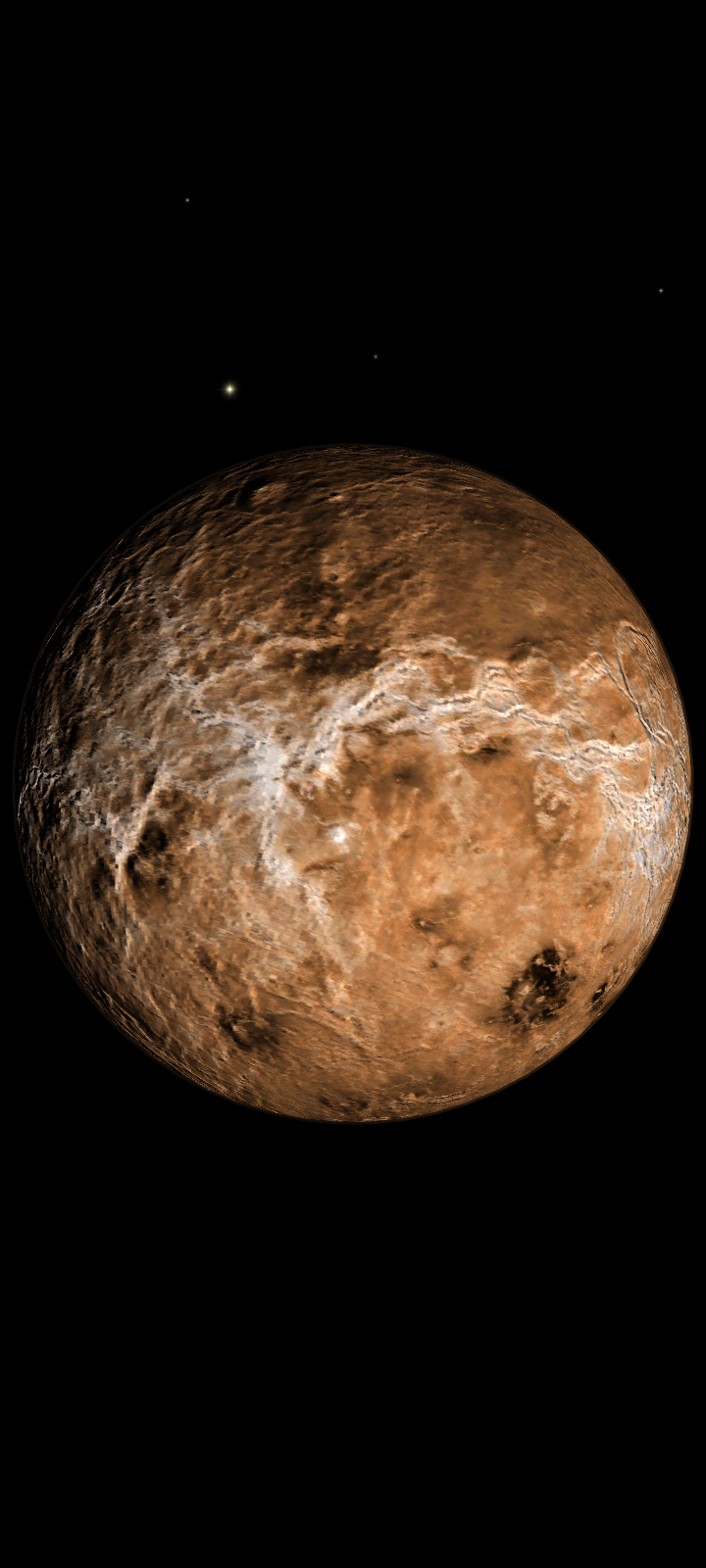
Venus’s surface is young, geologically speaking—most of it has been resurfaced by volcanic activity in the last 500 million years. However, certain features hint at ancient rivers, lakes, or even global oceans. Radar images from spacecraft reveal structures that look eerily similar to dried-up river valleys on Earth. These may have formed when liquid water carved channels into the planet’s crust. While confirmation is tricky due to Venus’s hostile environment, these features are tantalizing clues that water—and perhaps life—once shaped the planet’s landscape.
The Lost Magnetic Shield
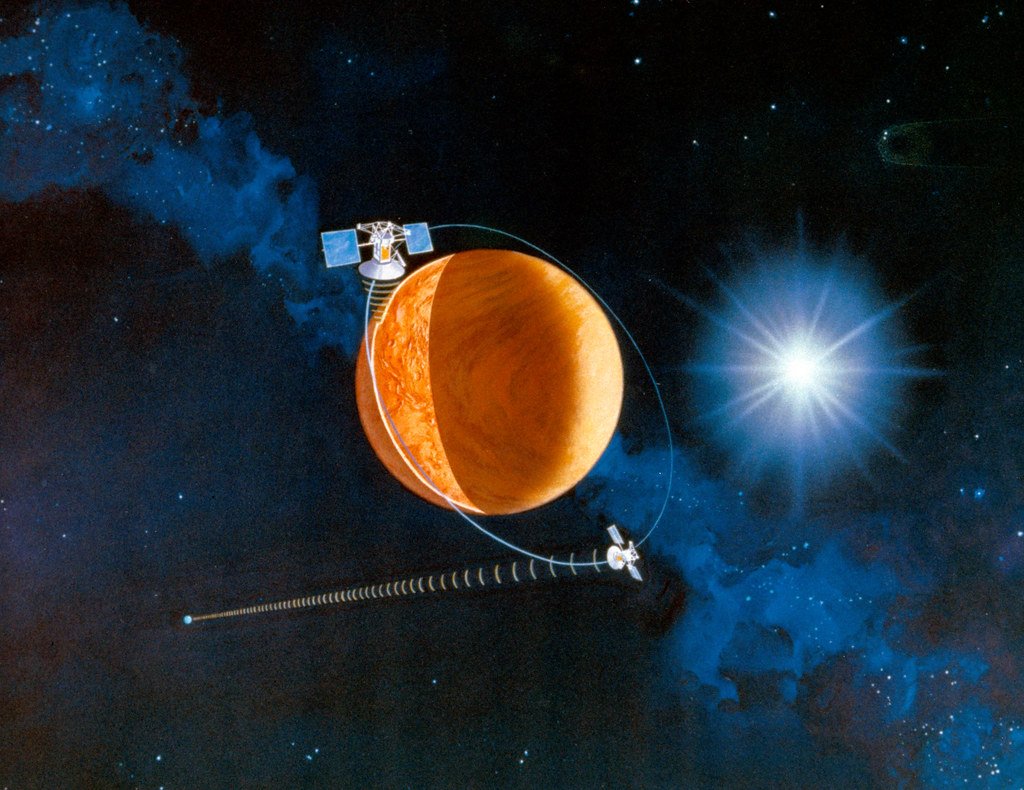
Earth’s magnetic field acts as a shield, protecting our atmosphere from being stripped away by solar winds. Venus, on the other hand, lost its magnetic field long ago. Without this shield, particles from the sun bombarded the planet, carrying away lighter elements—especially hydrogen from water molecules. Over time, this process could have dried out Venus completely, leaving only the faintest traces of its watery past. The loss of a magnetic field might have been the first domino to fall in Venus’s transformation from paradise to inferno.
Clouds of Mystery: The Search for Life

Despite its harsh surface, Venus’s clouds have sparked wild speculation about the possibility of life. Some scientists have pointed out that, at certain altitudes, the temperature and pressure in the clouds are similar to those on Earth’s surface. In 2020, the detection of phosphine—a gas that, on Earth, is associated with biological activity—sent shockwaves through the scientific community. While the discovery remains controversial, it reignited the question: could life have once thrived in Venus’s oceans and migrated to the clouds as conditions changed?
Comparing Venus and Early Earth
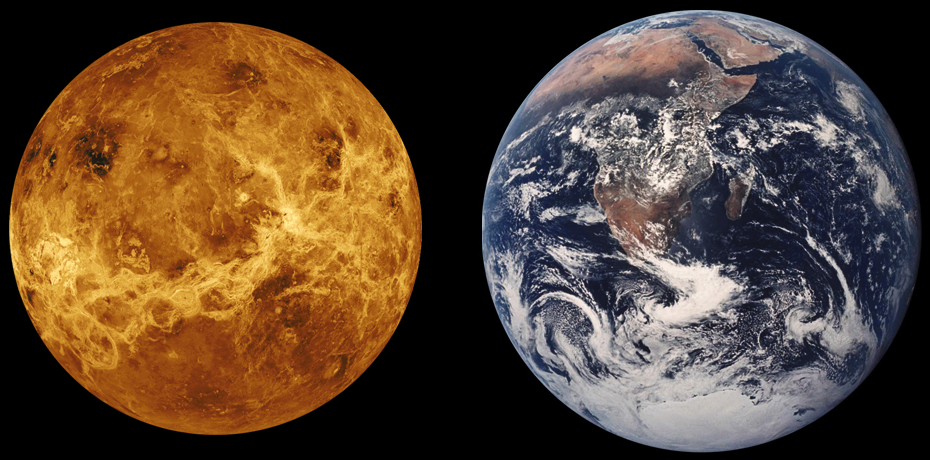
The similarities between early Venus and early Earth are stunning. Both planets likely formed from the same primordial material, and both could have had thick atmospheres rich in water vapor and carbon dioxide. Volcanoes would have spewed gases into the air, and oceans may have covered vast swaths of their surfaces. The difference is that Earth stabilized and cooled, allowing life to take hold, while Venus spiraled into a greenhouse nightmare. This comparison isn’t just fascinating—it’s a sobering reminder of the razor-thin margins that separate habitability from disaster.
The Role of Plate Tectonics

One critical difference between Earth and Venus may be tectonic activity. On Earth, plate tectonics helps regulate the atmosphere by recycling carbon dioxide and other gases into the planet’s interior. Venus appears to lack this process, causing greenhouse gases to build up unchecked. Without this planetary “breathing,” Venus’s climate may have been doomed from the start. This single geological factor could have meant the difference between a world of blue oceans and one of perpetual fire.
A Window into Exoplanet Habitability
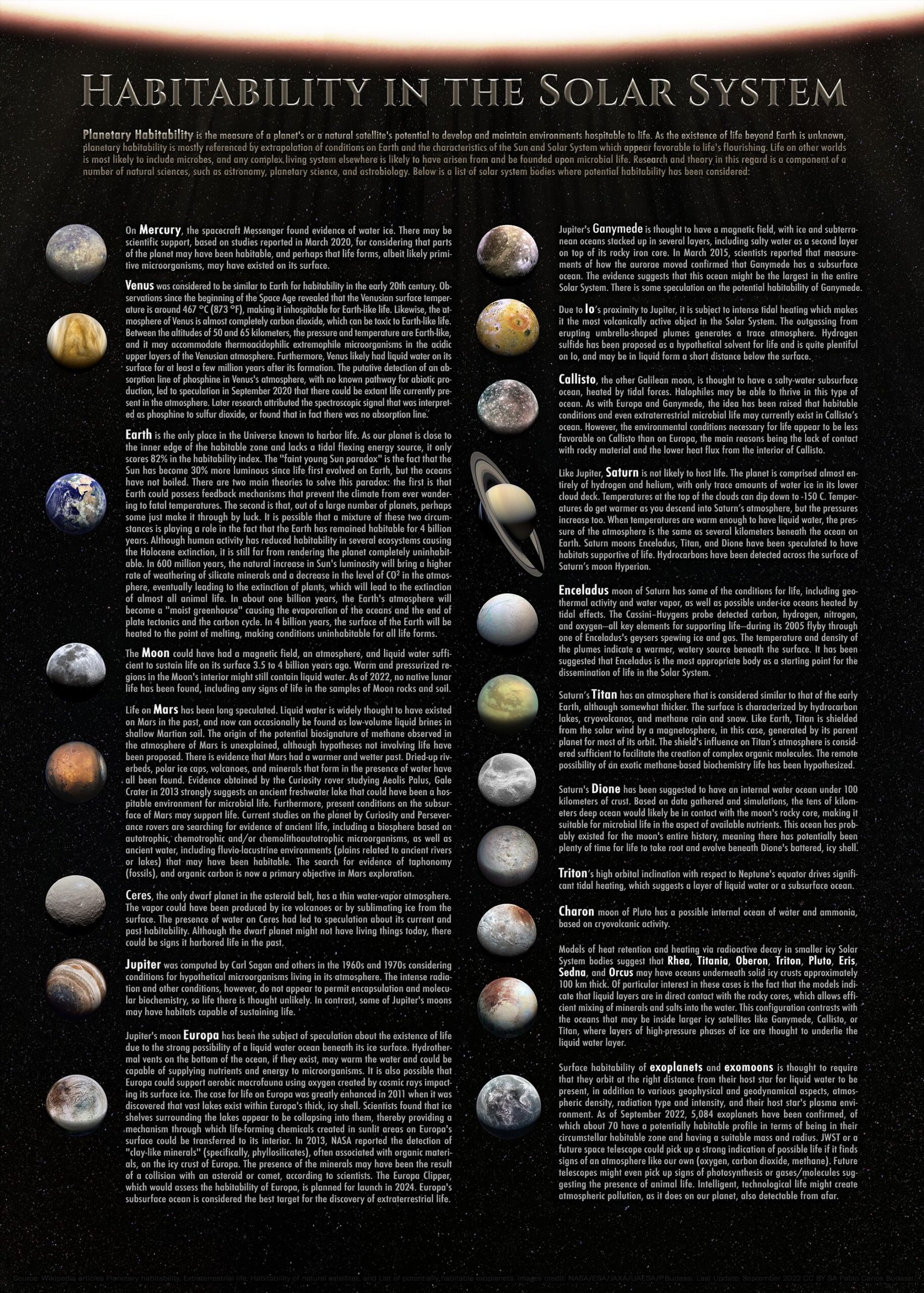
Venus isn’t just important for what it tells us about our solar system—it’s a key piece in the puzzle of exoplanet habitability. As astronomers discover thousands of planets orbiting distant stars, they’re finding many “super-Earths” and “Venus-like” worlds. By understanding how Venus lost its habitability, scientists can better guess which exoplanets might be truly Earth-like—and which are hiding catastrophic secrets beneath their clouds. In a sense, Venus is our laboratory for learning about the universe’s potential for life.
Venus in Myth, Art, and Imagination

Long before science weighed in, Venus was wrapped in myth and fantasy. Named after the Roman goddess of love and beauty, it has inspired poets, painters, and dreamers for centuries. In ancient times, people imagined Venus as a world of eternal spring or a realm of gods. Science fiction stories have envisioned everything from dense jungles to lost civilizations. The idea that Venus was once Earth-like fits right into this rich tapestry of imagination, blurring the line between fact and fantasy.
Modern Missions: Unlocking Venus’s Secrets
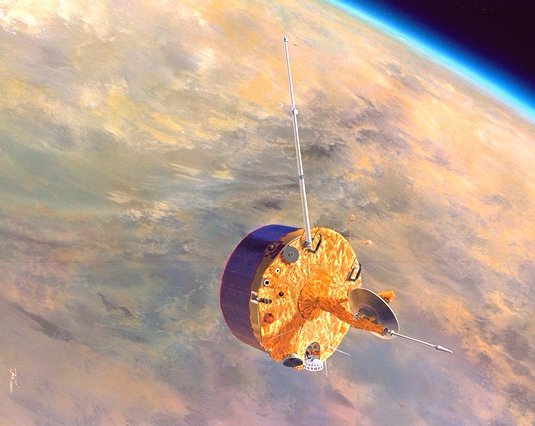
In recent years, space agencies have renewed their interest in Venus. NASA’s VERITAS and DAVINCI missions, along with ESA’s EnVision and India’s Shukrayaan-1, are set to launch in the coming years. These missions aim to map Venus’s surface, analyze its atmosphere, and hunt for signs of past water. Each spacecraft is a detective, following the clues left behind by a planet that may have hidden its true nature for billions of years. The excitement among scientists is palpable—what new secrets will Venus reveal?
The Importance of Isotopes: Telling Time with Atoms
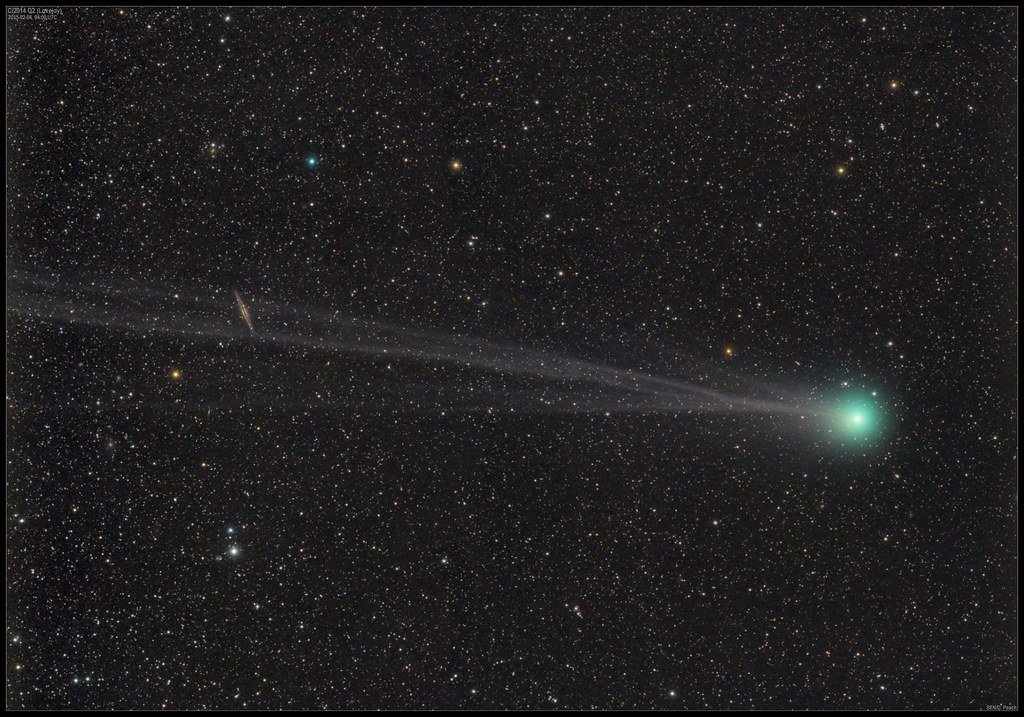
One of the tools scientists use to unravel Venus’s past is the study of isotopes—versions of atoms with different weights. By measuring the ratio of deuterium (a heavy form of hydrogen) to normal hydrogen in Venus’s atmosphere, researchers can estimate how much water the planet once had. The results are shocking: Venus may have lost an ocean’s worth of water over its history. These atomic “fingerprints” are like time capsules, offering a glimpse into a lost epoch.
Ancient Climate Models: Simulating a Forgotten World

Supercomputers have allowed scientists to create detailed models of Venus’s ancient climate. These simulations show that, under the right conditions, Venus could have maintained stable, temperate environments for hundreds of millions of years. Factors like clouds, volcanic activity, and the angle of the planet’s axis all play a role. These models are like time machines, allowing us to walk the beaches of a Venus that might have been—lush, green, and full of promise.
Why Did Venus Change, but Earth Did Not?
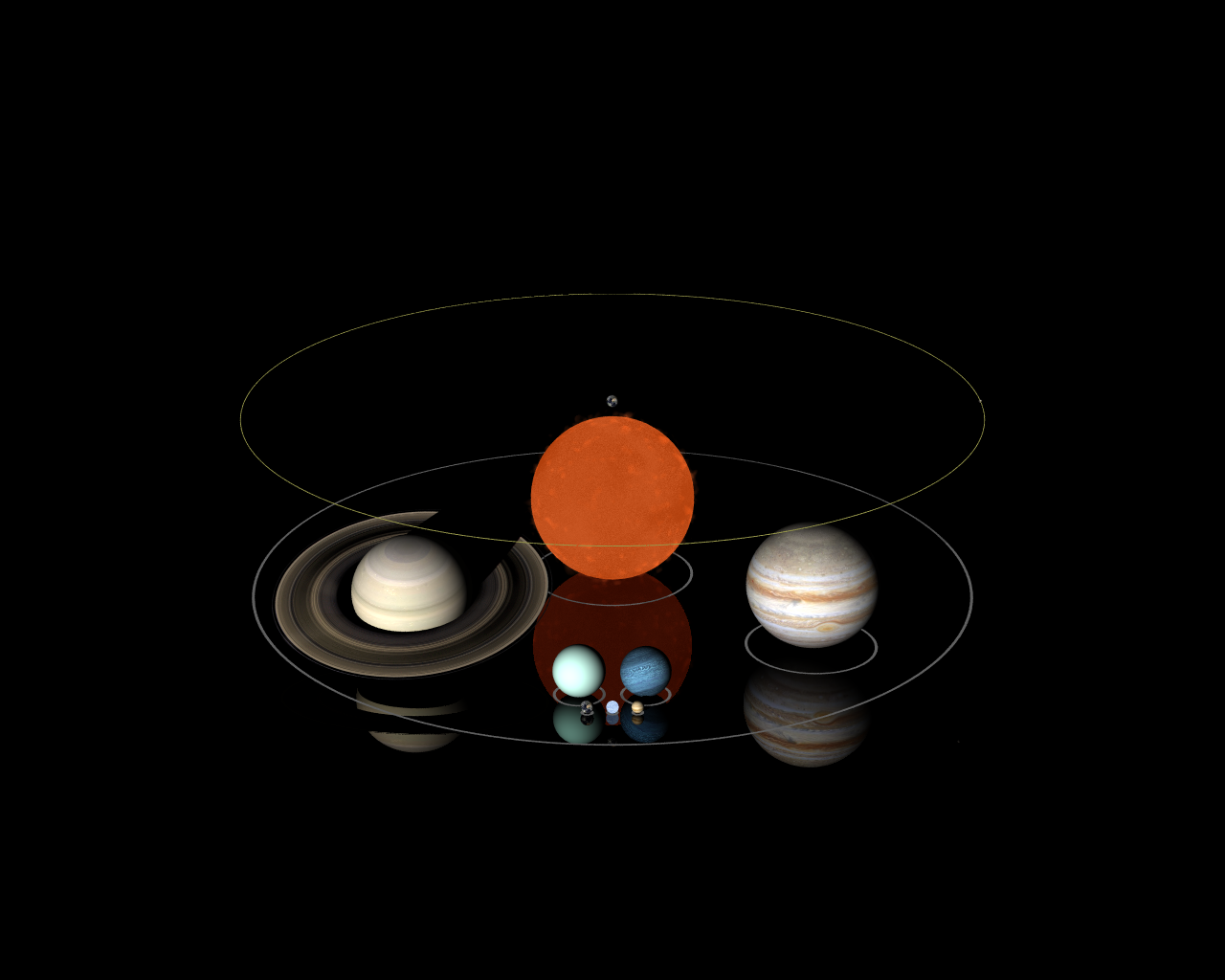
The question that haunts scientists is simple: why did Venus become a wasteland, while Earth remained a haven? Some point to Venus’s proximity to the sun, which exposed it to more intense solar radiation. Others blame the planet’s slow rotation or lack of a large moon to stabilize its axis. The truth is probably a mix of many factors, all conspiring to tip Venus over the edge. This cosmic fork in the road shows how fate and physics can shape the destiny of worlds.
Could Venus Be Made Habitable Again?

The idea of “terraforming” Venus—transforming it back into a livable world—has captured imaginations for decades. Scientists have proposed cooling the planet, removing carbon dioxide, or even introducing engineered microbes to eat away at the greenhouse gases. While these ideas are still in the realm of science fiction, they force us to think big about our future in space. Could Venus become a second home for humanity, or is its ancient paradise lost forever?
Lessons for Earth: A Stark Warning
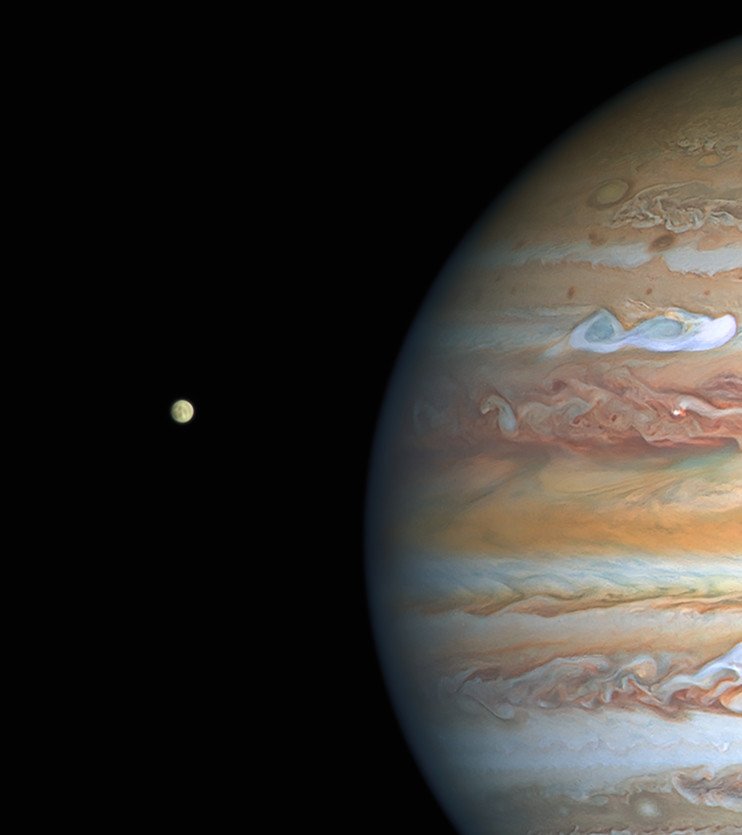
Venus’s story isn’t just about another planet—it’s a warning for us. The planet shows how quickly a world can lose its habitability when climate systems spiral out of control. As humanity faces its own environmental challenges, Venus serves as a reminder that the stakes couldn’t be higher. The difference between a thriving planet and a dead one can come down to a few degrees, a few changes in chemistry, or a single lost magnetic field.
Venus and the Search for Extraterrestrial Life

If Venus was once Earth-like, it raises a profound question: could life have emerged there? And if so, where did it go? Did it perish as the planet heated up, or did it adapt to survive in the acidic clouds? The possibility that life could have once existed next door, only to be snuffed out by climate change, adds a bittersweet twist to our search for companions in the cosmos. Every new discovery on Venus could bring us closer to answering the age-old question: are we alone?
What the Future Holds for Venus Exploration
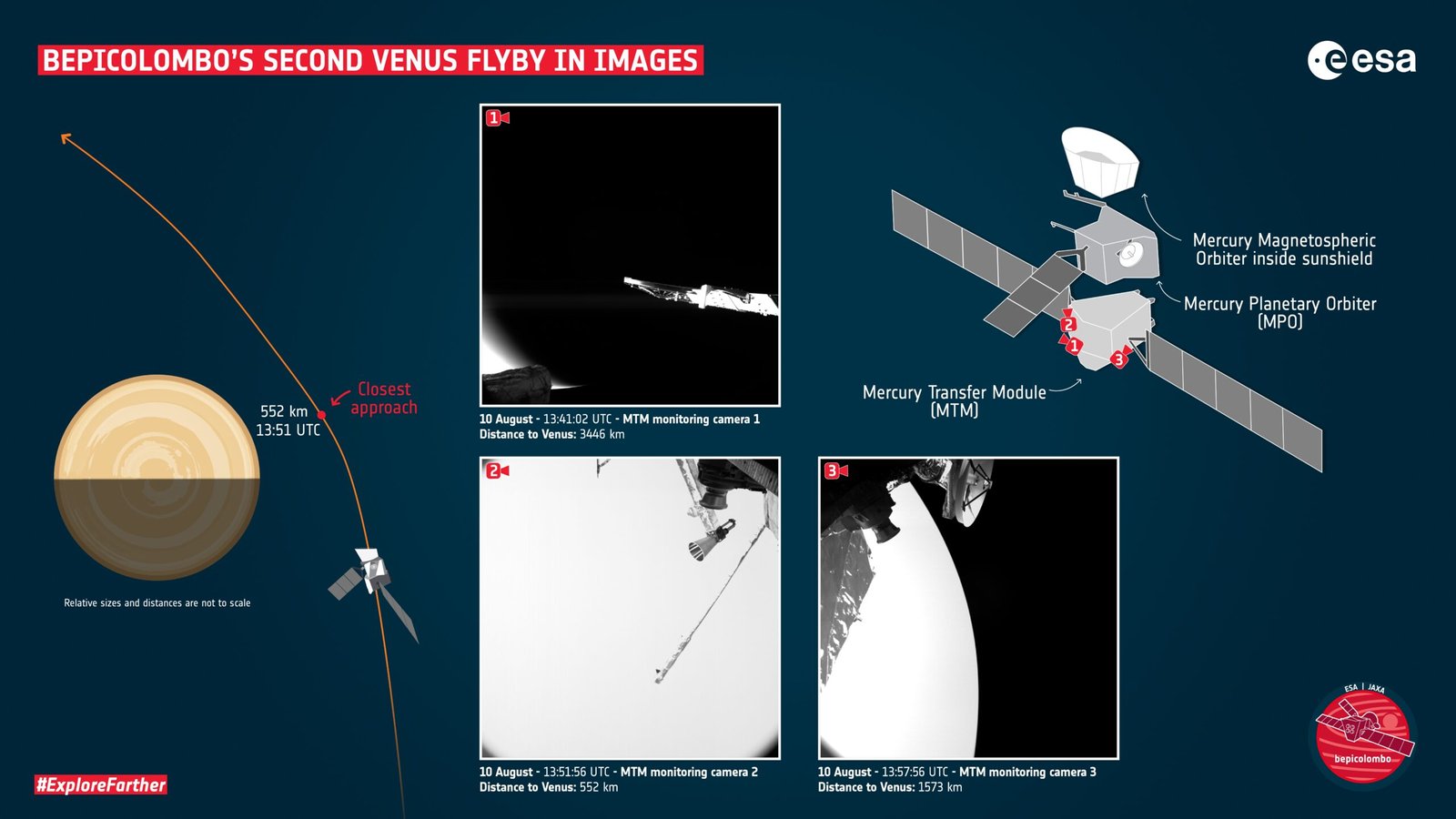
As new missions prepare to launch to Venus, the scientific community buzzes with anticipation. The next decade could bring breakthroughs that rewrite our understanding of planetary evolution. Advanced landers, balloons, and orbiters may finally pierce the veil of Venus’s clouds, sending back data that will fuel discoveries for generations. It’s a thrilling time to be curious about the universe—Venus, once neglected, is stepping back into the spotlight.
Reflections on a Lost World
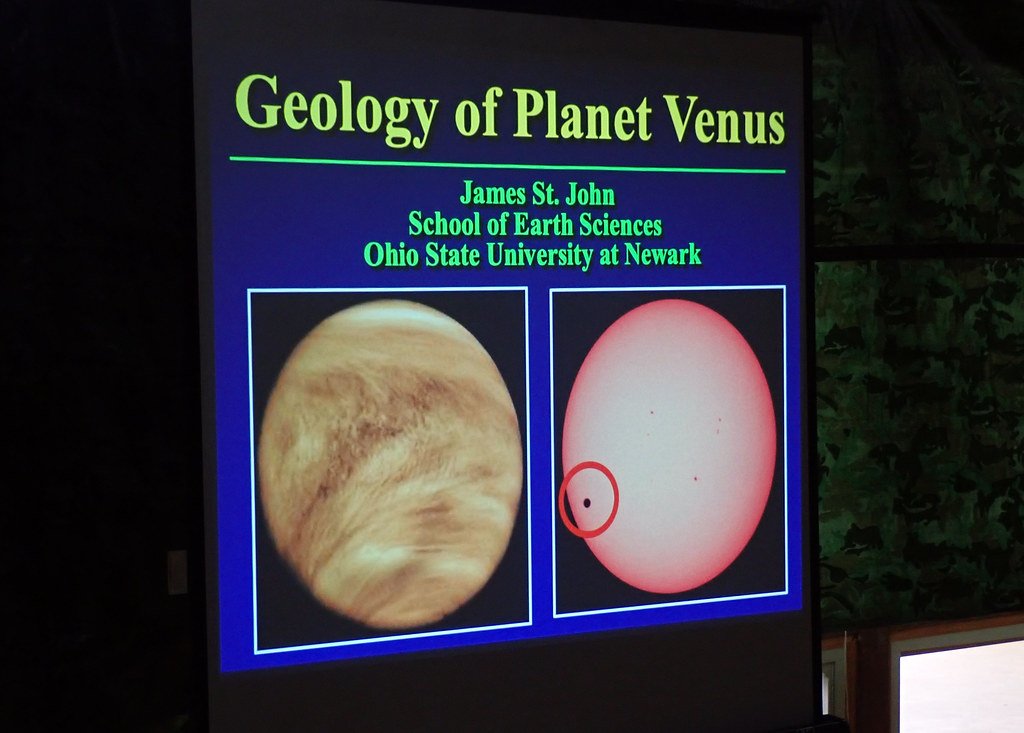
The possibility that Venus was once a lush, Earth-like world is both haunting and inspiring. It challenges us to look at our own planet with fresh eyes and to cherish the delicate balance that makes life possible. Venus’s story is a cosmic drama played out on a grand stage, reminding us that paradise can be lost in the blink of an eye. What if another Earth is hiding in plain sight, just waiting for us to uncover its secrets?

